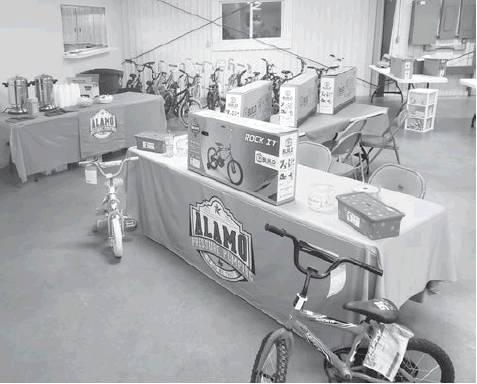Decision includes new restrictions, revisions that better protect public health and non-target animals from accidental exposure
WEST TEXAS — The Trump administration today announced it will reauthorize use of sodium cyanide in wildlife-killing devices called M-44s. These “cyanide bombs” received approval from the U.S. Environmental Protection Agency despite cries they inhumanely and indiscriminately killing thousands of animals every year. and that they have also injured people.
The EPA allows use of the devices by Wildlife Services, the animal-killing program of the U.S. Department of Agriculture. The EPA also authorizes M-44 use by state agencies in South Dakota, Montana, Wyoming, New Mexico and Texas.
A federal court recently approved a ban on M-44 use by Wildlife Services across more than 10 million acres of public land in Wyoming. The Wyoming ban is as part of an agreement resulting from a lawsuit brought by the Center and other wildlife advocacy groups.
In August the EPA issued an interim decision renewing sodium cyanide registration. Then a week later, it withdrew that interim decision for more discussions with Wildlife Services. Today’s announcement reauthorizes use of the devices.
More than 99.9 percent of people commenting on the proposal asked the EPA to ban M-44s, according to analysis from the Center for Biological Diversity and Western Environmental Law Center.
In response to concerns raised by wildlife-advocacy groups and others, EPA added some modest restrictions. For example, the devices cannot be placed within 300 feet of a public road or pathway, increased from 100 feet. Two elevated warning signs must be placed within 15 feet of each device, decreased from 25 feet. And no devices can be placed within 600 feet of a residence unless the landowner gives permission.
None of the restrictions will prevent killing of nontarget wildlife, however.
According to Wildlife Services’ own data, M-44s killed 6,579 animals, mostly coyotes and foxes, in 2018, down from 13,232 animals in 2017. Of these, more than 200 deaths were nontarget animals, including a bear, foxes, opossums, raccoons and skunks.
M-44 devices spray deadly sodium cyanide into the mouths of unsuspecting coyotes, foxes and other carnivores lured by smelly bait. Anything or anyone that pulls on the baited device can be killed or severely injured by the deadly spray.
In response to a 2017 lawsuit brought by the Center and its allies, the U.S. Fish and Wildlife Service agreed to analyze impacts of M-44s on endangered wildlife by the end of 2021.
Last year the EPA denied a 2017 petition for a nationwide ban on M-44s.


